Radiologist launches independent job board to combat ‘disingenuous’ postings
Radiology Business
AUGUST 7, 2024
Ben White, MD, recently soft-launched the service on his blog , highlighting 10 private practices that are hiring around the U.S.

Radiology Business
AUGUST 7, 2024
Ben White, MD, recently soft-launched the service on his blog , highlighting 10 private practices that are hiring around the U.S.

AuntMinnie
AUGUST 7, 2024
Radiologists seeking to provide equitable healthcare should establish "cultural dexterity" in their practices -- and there are three principles to follow, according to an article published August 6 in the Journal of the American College of Radiology. Cultural dexterity describes the ability to recognize, navigate, and value cross-cultural interactions through the application of key tenets of curiosity, respect, and empathy, noted a team led by Brittany Dacier, MD, of Harvard Medical School.
This site is protected by reCAPTCHA and the Google Privacy Policy and Terms of Service apply.

Radiology Business
AUGUST 7, 2024
On a same-center basis, MRI volumes increased nearly 12% year over year, while CT grew by 10%, and PET/CT leapt 14%, the Los Angeles-based company said Wednesday.
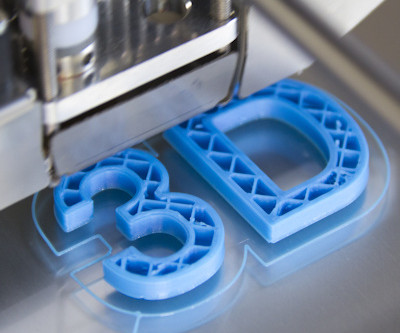
AuntMinnie
AUGUST 7, 2024
The use of 3D printing increases user confidence and saves time for procedures, suggest findings published August 6 in the Journal of the American College of Radiology. Researchers led by Kenneth Wang, MD, PhD, from the Baltimore VA Medical Center in Maryland reported trends for the first three years of the RSNA-American College of Radiology (ACR) 3D Printing Registry.
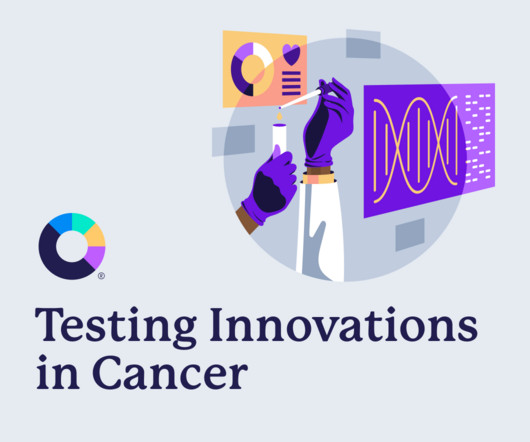
Advertisement
Amidst rising cancer prevalence and soaring costs, new cancer technologies and innovations are emerging to support the early detection, treatment, and surveillance of cancer. Read this guide to understand how to evaluate these solutions for your employees and members – and to learn more about the current state of coverage, clinical and cost effectiveness, and impact on quality and outcomes.

Radiology Business
AUGUST 7, 2024
“Reducing the cost and increasing the accessibility of MRI for [clinically significant prostate cancer] is critical for the viability of MRI screening programs," experts wrote.
Diagnostic Imaging Brief brings together the best content for architecture professionals from the widest variety of industry thought leaders.

Radiology Business
AUGUST 7, 2024
The Centers for Medicare & Medicaid Services revealed the news under the 2025 Inpatient Prospective Payment System rule released on Aug.

AuntMinnie
AUGUST 7, 2024
Although use of CT colonography (CTC) for colorectal cancer screening doubled between 2019 and 2021, overall utilization may still be low, according to research published in the September edition of Clinical Imaging. Upcoming Medicare reimbursement may change that. In an analysis of CTC use among 58,058 adults in the National Health Interview Survey from 2010 through 2021, researchers from the University of Texas Southwestern Medical Center found that utilization was similar between 2010 (1.3%)

Radiology Business
AUGUST 7, 2024
"Understanding these influences may contribute to optimizing work schedules and decreasing variability," NYU experts wrote in the European Journal of Radiology.

AuntMinnie
AUGUST 7, 2024
CT-guided cryoneurolysis – the freezing of nerves to alleviate pain – is safe and effective in older adults with rib fractures, according to a study published August 7 in JAMA Surgery. In a case series, interventional radiologists at Stanford University in Stanford, CA, performed the procedure in a group of participants over 65 years old within 72 hours of admission.

Advertisement
Patient-centric scheduling can only be achieved through optimized radiology workflows, effective communications between staff and physicians, and, of course, through specialized schedulers. In this guide, we’ll take you through a step-by-step process to transform your radiology center into a high-performance hub of medical imaging.

Radiology Business
AUGUST 7, 2024
The Radiology Business Management Association on Tuesday praised the ruling, calling it a “significant victory for patients and providers.

AuntMinnie
AUGUST 7, 2024
Primary care providers (PCPs) want radiologists to include incidental findings from CT imaging in their reports, but they're not very confident in the AI technology that flags these results, researchers have reported. Key concerns include the accuracy of AI used for this purpose and whether hospitals would be willing to pay for it, wrote a team led by Adam Eltorai, MD, of Brigham & Women's Hospital and Harvard Medical School in Boston.

Radiology Business
AUGUST 7, 2024
The Centers for Medicare & Medicaid Services revealed the news under the 2025 Inpatient Prospective Payment System rule released on Aug.
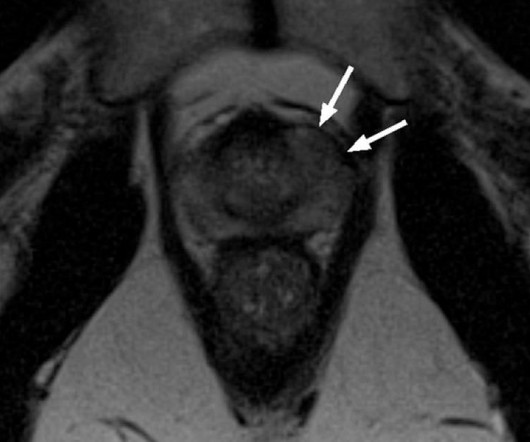
Health Imaging
AUGUST 7, 2024
The study's findings indicate that obtaining a prostate MRI at the time of a patient's initial diagnosis may provide important insight into how cancer will progress over time.
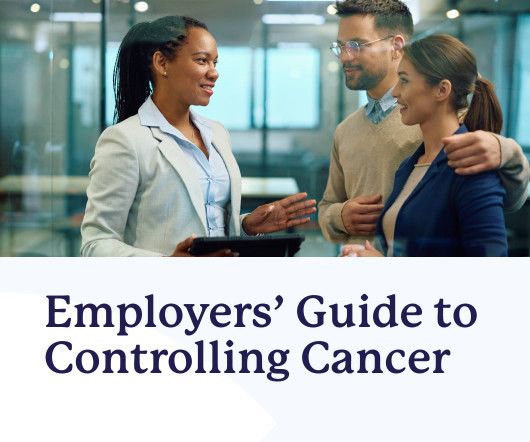
Advertisement
About 40% of us will be diagnosed with cancer in our lifetime, and patients are getting younger. At the same time, the cost of treatment continues to rise, with employers spending 8.5% more on cancer care for each employee than they did last year. The best thing employers can do for their employees and business tomorrow is to invest in cancer detection and care today.

AuntMinnie
AUGUST 7, 2024
ClearPoint Neuro posted double-digit growth in revenue in the second quarter of 2024, citing strong product sales from existing products and sales from new launches. For the period (end-June 30), ClearPoint reported revenues of $7.9 million, up 32% from $6 million in the same period last year. Revenue from the company’s Biologics and Drug Delivery segment increased by 28% to $4.3 million for the period, up $3.4 million for the same period in 2023.

Health Imaging
AUGUST 7, 2024
The study's findings indicate that obtaining a prostate MRI at the time of a patient's initial diagnosis may provide important insight into how cancer will progress over time.

AuntMinnie
AUGUST 7, 2024
RSNA has received a $2 million grant from the U.S. Department of Energy’s National Nuclear Security Administration (NNSA) to improve patient care in low- to middle-resourced countries. Over five years, the grant will support RSNA’s program, “Global Health Initiative: Access to Radiology,” which includes efforts to promote peaceful uses of nuclear energy, RSNA said in a news release.

Diagnostic Imaging
AUGUST 7, 2024
External validation testing revealed a deep learning combination of breast MRI, ultrasound and clinical factors had a 10 percent higher AUC for predicting axillary lymph node metastasis than sole use of MRI- or ultrasound-based deep learning models in patients with breast cancer.

Advertisement
Discover how Color's comprehensive care solution is revolutionizing cancer screening adherence and knowledge. Through an in-depth case study, Color's unique approach to comprehensive cancer care has shown significant benefits in increasing screening rates and enhancing patient knowledge. Participants reported a 2-3x increase in adherence to screening guidelines over just 8 weeks, with 84% of participants increasing their familiarity with timing and frequency of cancer screening.

ScienceDaily
AUGUST 7, 2024
An upright neuroimaging device developed by neuroscientists, physicists and engineers allows patients to move around while undergoing a brain scan.
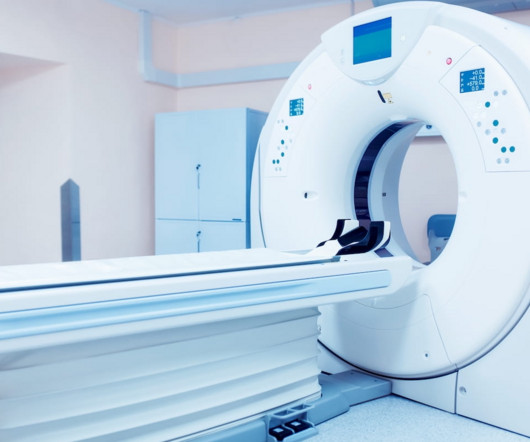
Diagnostic Imaging
AUGUST 7, 2024
Automated CT-derived assessments may provide stronger stratification of diabetes and cardiometabolic risks than conventional predictive models, according to a new study of over 32,000 adults in Korea.
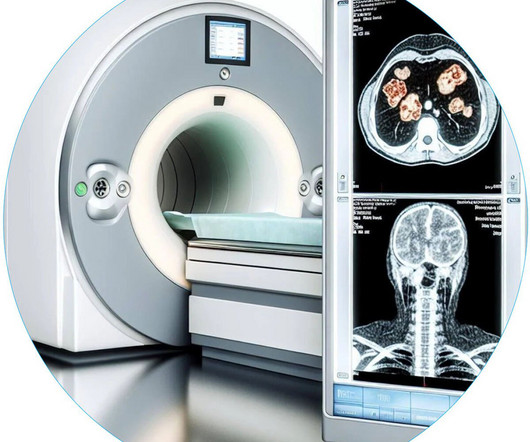
Atlantis Worldwide
AUGUST 7, 2024
PET Scanning, like all other modalities of imaging equipment, has made strides in improving diagnostic accuracy. The biggest step in that direction for PET has been the development and proliferation of Time-of-Flight technology.

Aidoc
AUGUST 7, 2024
Clinical AI is revolutionizing healthcare, offering new ways to enhance and standardize patient care. In aortic aneurysm (AA) management, AI has the potential to be a major game-changer, bringing consistency and precision to a field historically plagued by variability. As a vascular technologist, I’ve seen firsthand how AI can reshape AA care and standardize pathways in unprecedented ways.

Advertisement
Explore the latest insights from the American Cancer Society's “Cancer Statistics 2024” report, which unveils multiple alarming trends in cancer data. Cancer is on the rise among young adults, and diagnoses for 6 of the 10 most common cancers are escalating. With over 2 million new cancer cases projected in the U.S. this year, employers face increased challenges when it comes to supporting employees.
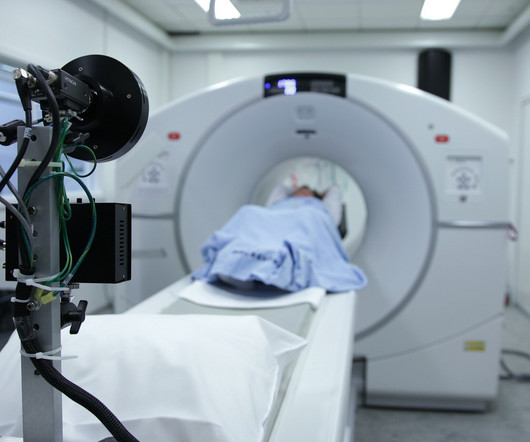
Medical Xpress: Radiology
AUGUST 7, 2024
Providing radiotherapy after surgery could prevent breast cancer from returning in the same place for up to 10 years, a long-term study suggests.

ScienceDaily
AUGUST 7, 2024
Bioengineers have developed a noninvasive tool to measure gene expression and gene therapy delivery in specific brain regions using ultrasound.

Medical Xpress: Radiology
AUGUST 7, 2024
An upright neuroimaging device developed by West Virginia University neuroscientists, physicists and engineers that allows patients to move around while undergoing a brain scan could help set priorities for the evolution of imaging tools.
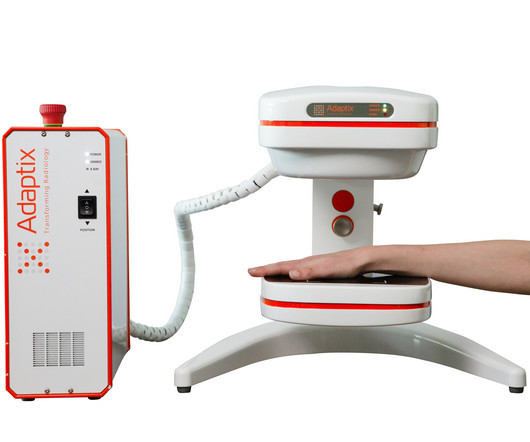
Imaging Technology
AUGUST 7, 2024
As resource pressures continue in Emergency Departments, patients with relatively minor injuries are increasingly redirected to Minor Injuries Units or triaged by specialist nursing teams with the power to request and review imaging services.

Advertisement
As HR and Benefits leaders are in the midst of evaluating cancer care solutions and designing their requirements for vendors, it’s key to know what questions to ask to ensure the development of a truly comprehensive strategy: from prevention to diagnosis to treatment to survivorship. Getting to the right answers starts with asking the right questions: How can better access improve engagement?
Let's personalize your content